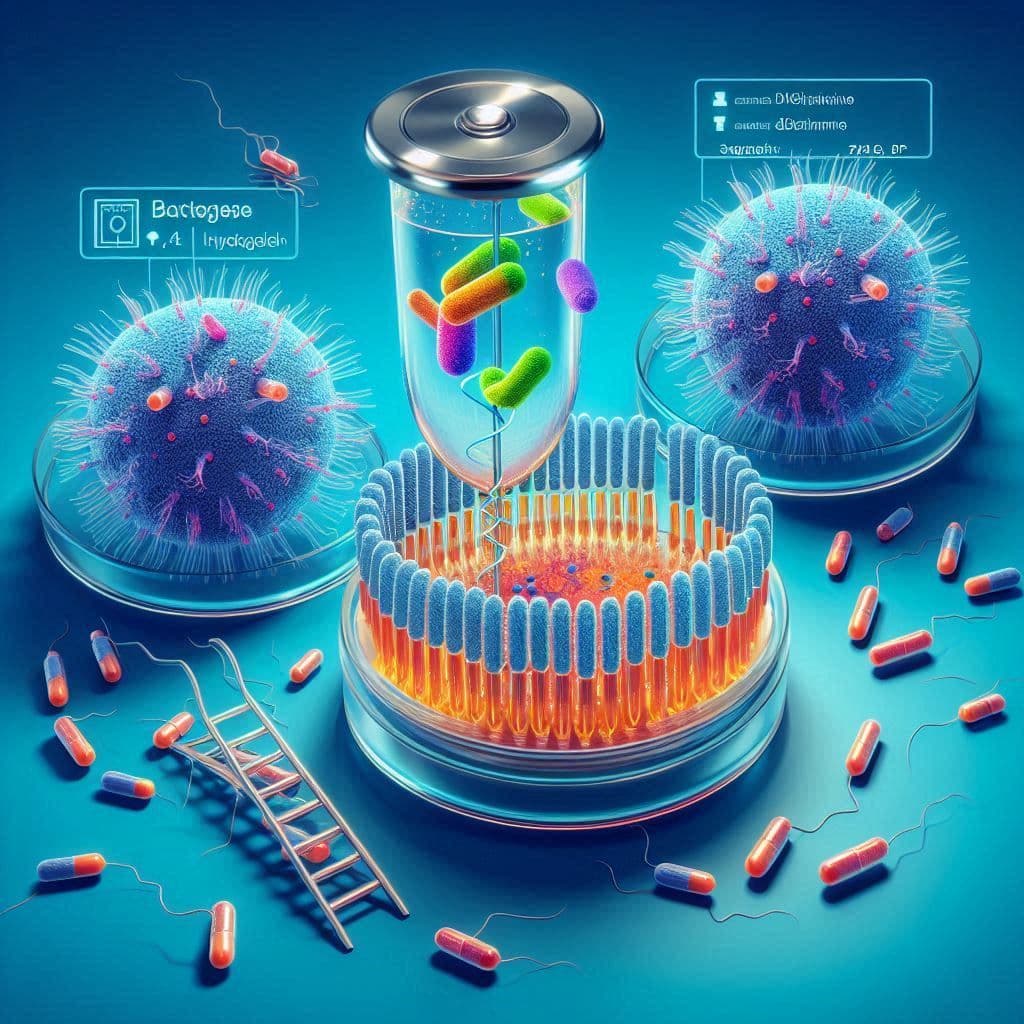Revolutionizing E. coli Detection: A New Era with Bacteriophage-Activated DNAzyme Hydrogels and Machine Learning
Masterchinedum
Owner

Table of Contents
In the ever-evolving field of microbiology, the detection of Escherichia coli (E. coli) has always posed significant challenges. Traditional methods often require sophisticated laboratory equipment and lengthy processing times, making them impractical for use in resource-limited settings. However, a groundbreaking study by Mann et al. introduces a novel solution that could revolutionize how we detect this harmful bacterium.
The Innovation: Bacteriophage-Activated DNAzyme Hydrogels
At the core of this innovation are bacteriophage-activated DNAzyme hydrogels. Bacteriophages, viruses that infect bacteria, are used to activate DNAzymes—synthetic DNA molecules with enzymatic activity. When E. coli is present, the bacteriophages infect the bacteria, triggering the DNAzymes to produce a colorimetric signal. This signal can be easily detected, providing a visual indication of E. coli contamination.
This method is not only rapid but also highly sensitive, capable of detecting even low concentrations of E. coli. The use of bacteriophages ensures specificity, as they are designed to target E. coli specifically, reducing the likelihood of false positives.
Integrating Machine Learning
What sets this method apart is the integration of machine learning algorithms. These algorithms analyze the colorimetric data to enhance the accuracy and sensitivity of the detection process. By learning from previous data, the machine learning model can predict the presence of E. coli with high precision, even at low concentrations.
Machine learning also allows for the continuous improvement of the detection system. As more data is collected, the algorithms become more accurate, further reducing the chances of false positives and negatives. This adaptability makes the system robust and reliable, suitable for various environments and conditions.
Practical Applications
The implications of this research are profound. The ability to quickly and accurately detect E. coli at the point of use can significantly improve water and food safety. This method is particularly valuable in remote or resource-limited areas where access to advanced laboratory facilities is limited. Moreover, the cost-effectiveness of this approach makes it accessible to a broader range of users, from small-scale farmers to large food processing companies.
In the agricultural sector, for instance, farmers can use this technology to monitor water quality in real-time, ensuring that their crops are irrigated with safe water. In the food industry, companies can implement this detection system to test raw materials and finished products, preventing contamination and ensuring consumer safety.
Conclusion
The study by Mann et al. represents a significant advancement in the field of microbial detection. By combining bacteriophage-activated DNAzyme hydrogels with machine learning, the researchers have developed a method that is not only innovative but also practical and scalable. This technology holds great promise for enhancing public health and safety by providing a reliable tool for the rapid detection of E. coli.
For more detailed information, you can access the full research article here.
